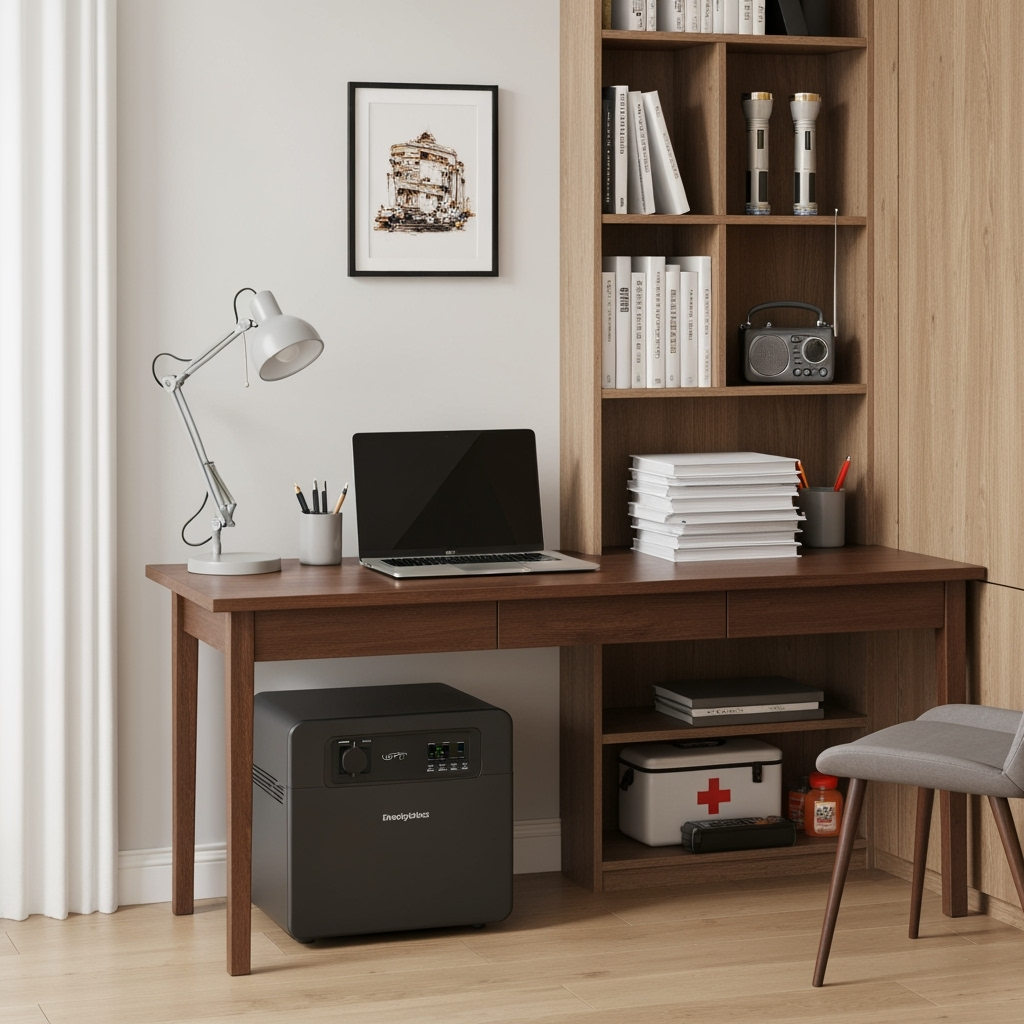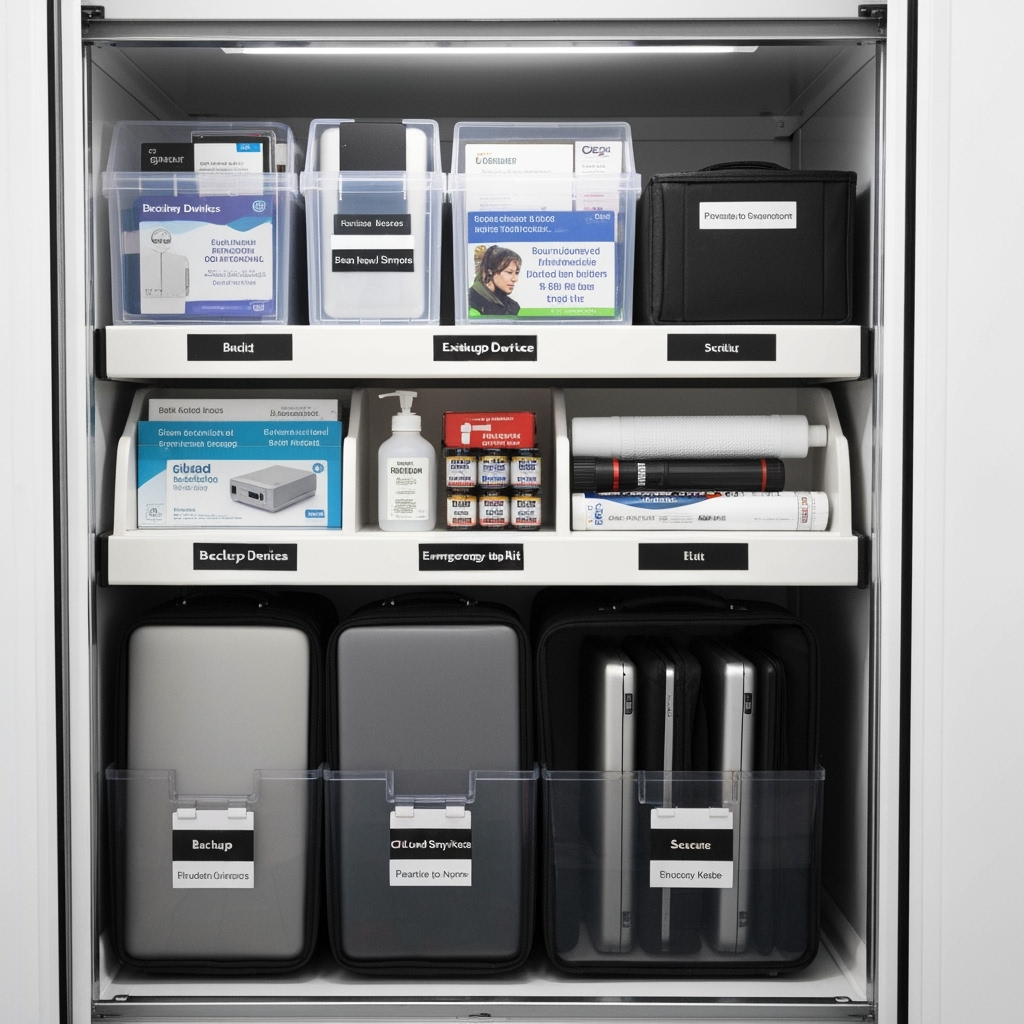Disaster-Proof Remote Work: Essential Storage Solutions for Business Continuity

In today’s remote work environment, maintaining business continuity during unexpected events isn’t just smart—it’s essential. Whether facing natural disasters, power outages, or other emergencies, having a robust storage strategy can keep your remote work operations running smoothly. This comprehensive guide will help you create a disaster-proof remote work setup using smart storage solutions.
Why Disaster-Proof Storage Matters for Remote Workers
Remote work relies heavily on consistent access to equipment, data, and resources. Without proper storage and backup systems, a single emergency can derail your productivity and potentially compromise valuable work assets. Here’s how to protect your remote work investment.
Essential Components of a Disaster-Proof Storage System

1. Climate-Controlled Storage Solutions
- Protection for sensitive electronics
- Temperature and humidity monitoring
- Backup equipment storage
- Surge protection systems
2. Emergency Power Backup
- Uninterruptible Power Supply (UPS) systems
- Portable power stations
- Solar charging solutions
- Battery backup storage
3. Equipment Protection
- Waterproof storage containers
- Anti-static packaging
- Protective cases for transportation
- Moisture-absorbing materials
Creating Your Emergency Storage Plan
Step 1: Assess Your Needs
Document all essential equipment, including:
- Computer systems and peripherals
- Communication devices
- Backup drives and storage media
- Power supply equipment
Step 2: Implement Storage Solutions
Establish multiple storage locations:
- On-site secure storage
- Climate-controlled storage unit
- Cloud-based backup systems
- Emergency supply storage
Best Practices for Maintaining Business Continuity
Regular Maintenance
- Monthly equipment checks
- Quarterly backup verification
- Seasonal storage rotation
- Emergency supply updates
Documentation and Training
- Emergency procedures manual
- Equipment inventory list
- Contact information for support services
- Recovery plan documentation
Storage Unit Selection Tips
Choose a storage facility that offers:
- 24/7 accessibility
- Advanced security systems
- Climate control options
- Backup power systems
- Flexible access options
Emergency Kit Essentials for Remote Workers
Maintain a ready-to-go kit including:
- Portable work devices
- External power banks
- Mobile hotspot devices
- Basic office supplies
- First aid supplies
- Emergency contact information
Conclusion
Disaster-proofing your remote work setup through strategic storage solutions isn’t just about protecting equipment—it’s about ensuring your ability to maintain productivity no matter what challenges arise. By implementing these storage strategies and maintaining proper emergency preparedness, you can create a resilient remote work environment that stands ready to face any situation.
Additional Resources
- Local emergency management contacts
- Storage facility locations and hours
- Equipment warranty information
- Insurance coverage details
Remember, the key to successful disaster-proofing is regular maintenance and updates to your storage strategy. Stay prepared, stay organized, and keep your remote work operation running smoothly through any challenge.










Leave a Reply